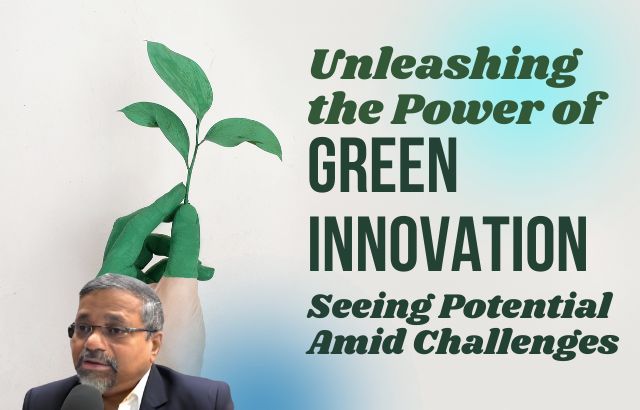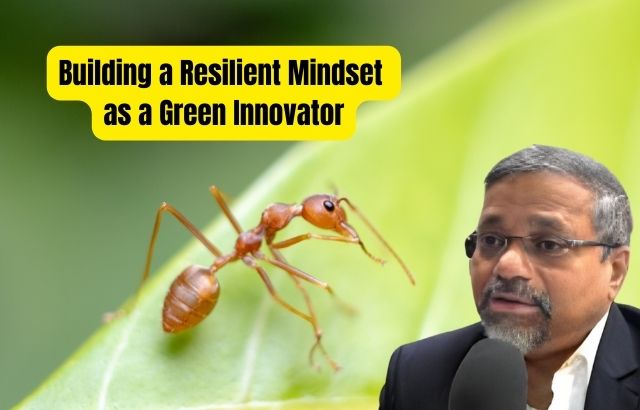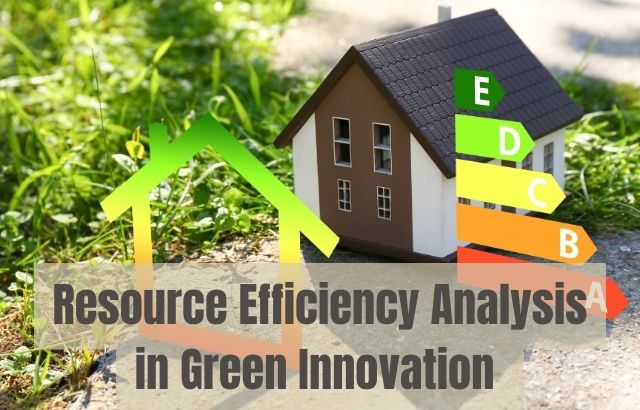Green Innovation Impact – As the world grapples with pressing environmental issues, the role of green innovation has never been more critical. Green innovation encompasses technologies, processes, and practices designed to promote sustainability, reduce environmental impact, and create economic opportunities. This blog explores the significance of green innovation, examples of successful initiatives, the vital role of green innovators, and how businesses can leverage these strategies for growth.
The Significance of Green Innovation

Green innovation plays a crucial role in addressing climate change, resource depletion, and pollution. It enables businesses to create sustainable products and processes that benefit both the planet and their bottom line. As companies adopt green practices, they can differentiate themselves in the market, attract eco-conscious consumers, and reduce operational costs.
Examples of Green Innovation

- Renewable Energy Solutions
- Example: Solar and wind energy companies have revolutionized the energy sector by providing clean alternatives to fossil fuels. For instance, Tesla’s Solar Roof not only generates electricity but also enhances the aesthetic appeal of homes.
- Sustainable Packaging
- Example: Companies like Unilever are transitioning to biodegradable packaging made from plant materials. This shift reduces plastic waste and appeals to environmentally conscious consumers.
- Circular Economy Models
- Example: Patagonia has embraced a circular economy by encouraging customers to repair and recycle their products. Their Worn Wear program promotes sustainability while fostering brand loyalty.
- Energy-efficient Technologies
- Example: Philips has developed LED lighting solutions that consume up to 80% less energy than traditional bulbs, significantly reducing electricity costs for consumers and businesses alike.
The Role of Green Innovators

Green innovators are individuals or teams who drive the development and implementation of sustainable solutions. Their roles encompass various responsibilities, including:
- Research and Development (R&D): Innovators explore new technologies and materials that minimize environmental impact. For instance, a green innovator might develop a biodegradable alternative to plastic.
- Strategic Planning: They assess market trends and regulatory landscapes to identify opportunities for sustainable business practices.
- Collaboration: Green innovators often work with cross-disciplinary teams, including engineers, scientists, and business leaders, to create comprehensive solutions.
- Education and Advocacy: They play a crucial role in raising awareness about sustainability issues and promoting eco-friendly practices within their organizations and communities.
FAQs on Innovation and Creativity: Insights from Jaiguru Kadam
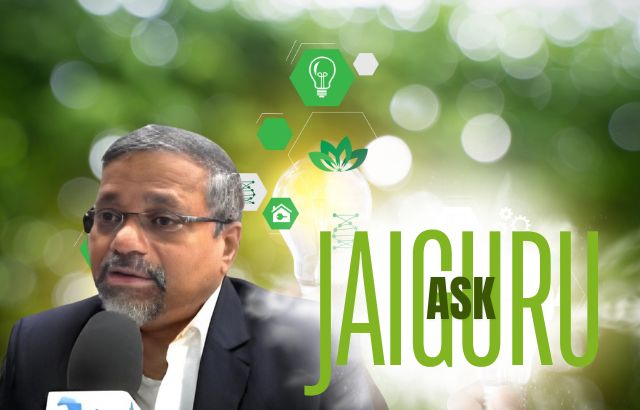
What are some common challenges faced by green innovators?
Green innovators often encounter challenges such as high initial costs, regulatory hurdles, limited consumer awareness, and competition from established industries resistant to change.
How can businesses support green innovation?
Businesses can support green innovation by investing in R&D, collaborating with startups, implementing sustainable practices, and fostering a culture of sustainability among employees.
What metrics can be used to measure the success of green innovations?
Metrics include carbon footprint reduction, energy savings, cost savings, customer adoption rates, and the percentage of products made from sustainable materials.
Example Calculations by Green Innovators

To illustrate the potential impact of green innovation, let’s consider a hypothetical scenario involving a manufacturing company transitioning to renewable energy:
- Current Energy Cost: $50,000 annually
- Proposed Solution: Install solar panels costing $200,000 with a lifespan of 25 years.
- Annual Energy Savings: 75% reduction in energy costs.
Calculation of Savings Over 25 Years
- Annual Energy Savings:
- Current Cost: $50,000
- Savings: $50,000 x 0.75 = $37,500
- New Annual Cost: $50,000 – $37,500 = $12,500
- Total Savings Over 25 Years:
- Total Savings: $37,500 x 25 = $937,500
- Total Cost of Solar Panels: $200,000
- Net Savings: $937,500 – $200,000 = $737,500
In this scenario, the company stands to save over $737,500 over 25 years, highlighting the financial benefits of green innovation alongside environmental sustainability.
Conclusion
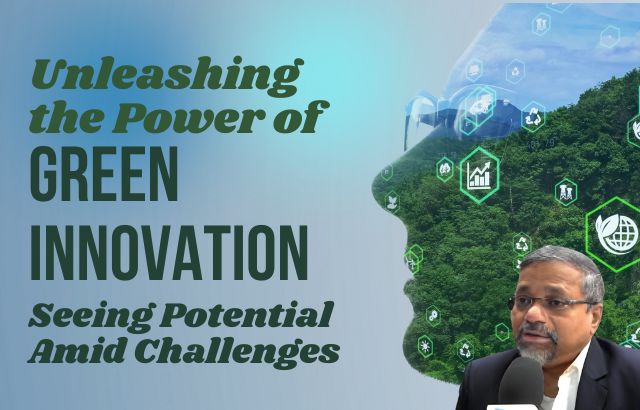
Green innovation is not just a trend; it’s a vital strategy for businesses aiming to thrive in a changing world. By embracing sustainable practices and technologies, companies can unlock new opportunities, reduce their environmental impact, and appeal to a growing base of eco-conscious consumers. As challenges persist, the potential for green innovators to lead the charge toward a more sustainable future remains immense.

